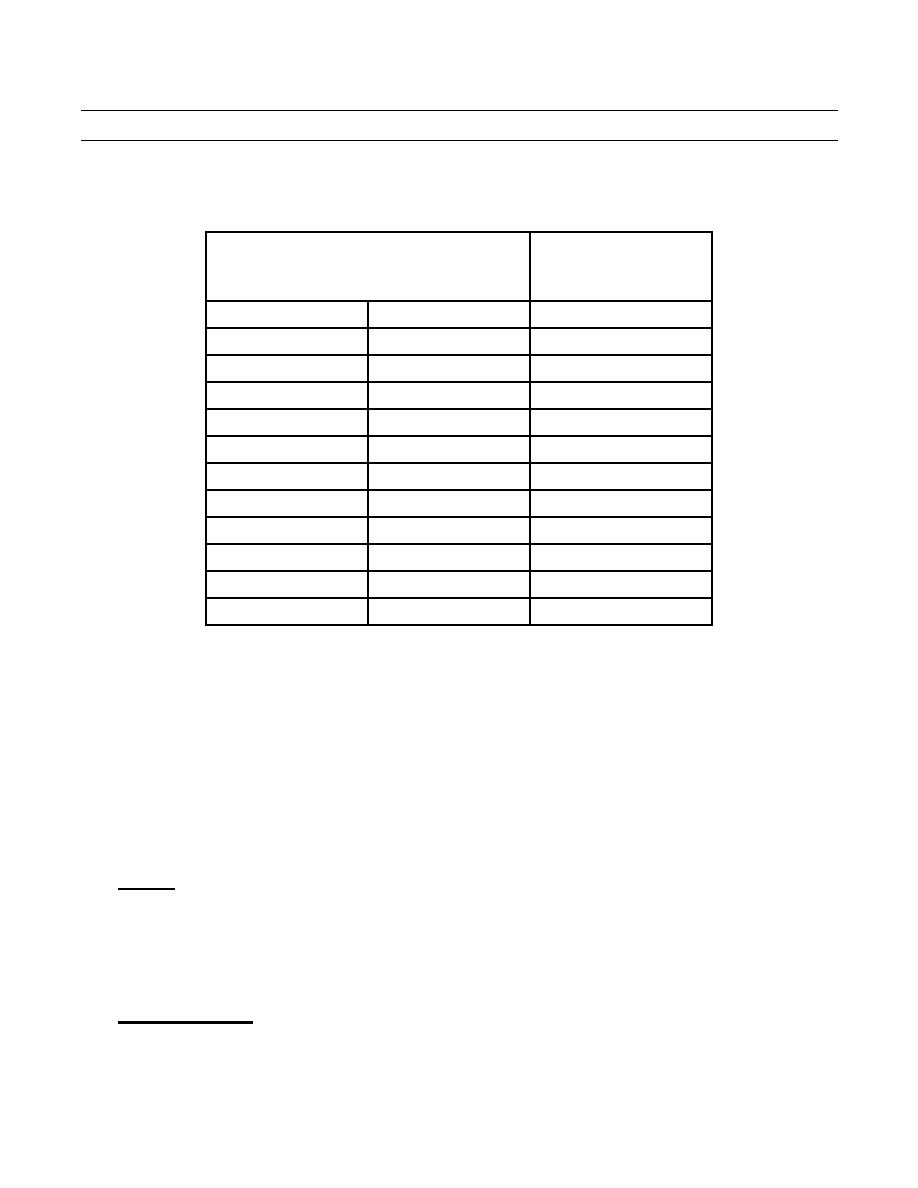 |
|||
|
|
|||
|
Page Title:
Table 7. Rivet Grip Length Determination. |
|
||
| ||||||||||
|
|
 TM 9-2320-303-24-2
CAB BODY REPAIR - CONTINUED
0289 00
RIVET REPLACEMENT - CONTINUED
Table 7. Rivet Grip Length Determination.
Rivet
Material Thickness
Grip
Range (in)
No.
Minimum
Maximum
1/16
1
1/8
2
1/8
3/16
3
3/16
1/4
4
1/4
5/16
5
5/16
3/8
6
3/8
7/16
7
7/16
2
8
2
9/16
9
9/16
5/8
10
5/8
11/16
11
11/16
3/4
12
a.
Insert rivet stem into pulling head of rivet gun or adapter.
b.
Hold rivet gun in line with axis of rivet as accurately as possible.
c.
Apply steady, firm pressure against rivet head.
d.
Squeeze handles of manual gun. Rivet clamping action will pull sheets together, seat rivet head, and break stem
flush with head of rivet.
ALUMINUM REPAIR
CAUTION
Repairs should not be made on body using welding or heat for forming. Heat will weaken material and cause
further problems.
1.
Material. Aluminum material used for repair should be of the same alloy and temper as original, if possible. In general,
6061-T6 should be used. Material thickness must be the same or thicker. This alloy will work well for flat repairs, but is
not well suited to bending because it is hard and cracks easily when bent sharply. When bends must be made, use softer
6061-T4 aluminum alloy and increase material thickness by at least 50 percent. As a rule of thumb, 6061-T4 should be
bent with minimum bend radius of one to two times material thickness, whereas 6061-T4 requires at least three times
material thickness radius for bends. In all cases, bends should be closely inspected for cracks. Suitable method for
avoiding bending cracks is to obtain angles that are extruded from 6061-T6 alloy, or use preformed angles for repairs.
2.
Foam Adhesive Tape. Where it is necessary to remove parts, note that foam adhesive tape is used in joints. Use care in
parts removal to avoid unnecessary distortion. Parts should be separated by peeling them apart using knife or chisel to
start peeling action. Before parts are assembled, remove any remaining foam adhesive tape from joints so parts will fit
together with good, even contact.
0289 00-9
|
|
Privacy Statement - Press Release - Copyright Information. - Contact Us |